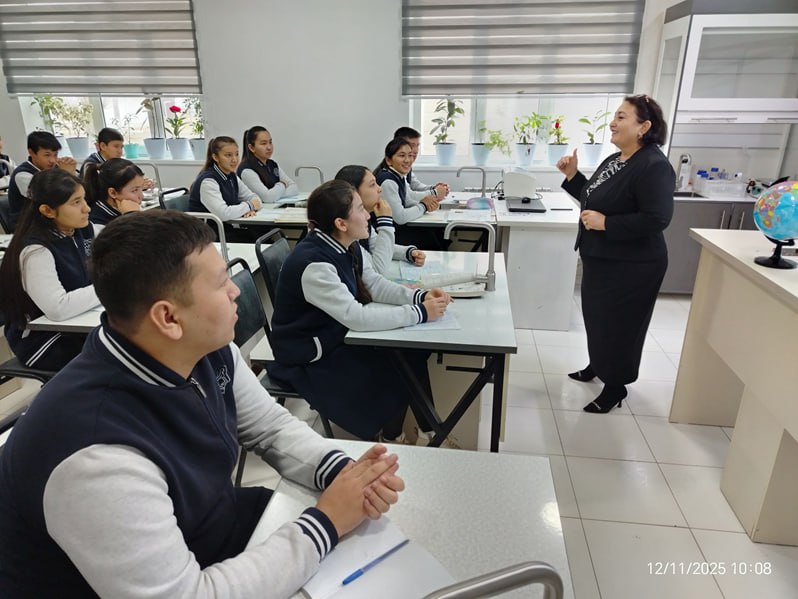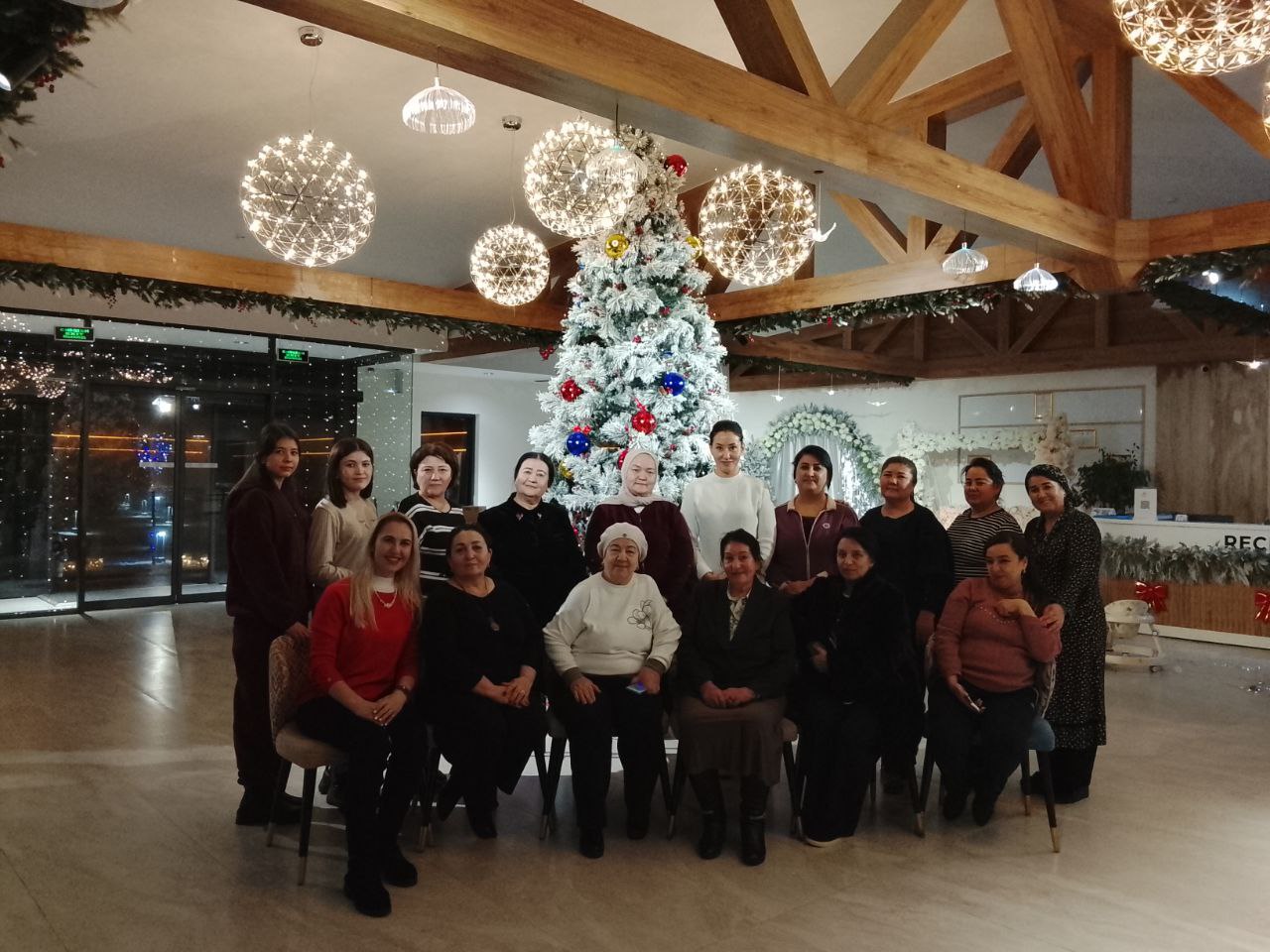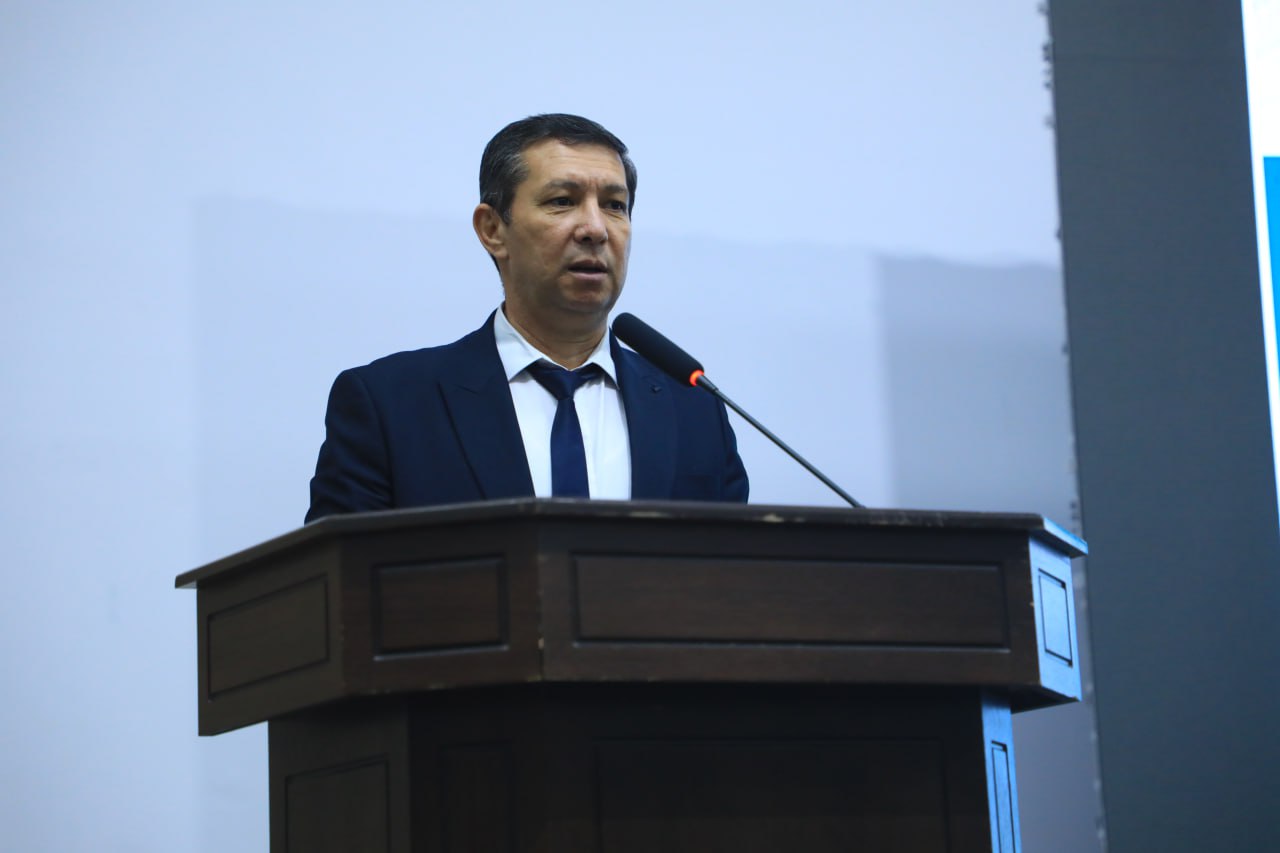KHasanov Anvar Toxirovich
Teacher of Jizzakh State Pedagogical Universitete, Uzbekistan
anvarhasanov111111@gmail.com
Annotation: This article reveals the opportunities for future physical education teachers to form a professional culture. The article also describes the situations that athletes should pay attention to in physical education classes, the integral connection between physical culture and aesthetic education. A look at the history of sports and physical education. The article analyzes the principles that are important for athletes.
Keywords: Education system, physical education, physical culture, aesthetic education, future teacher, harmony, form, rhythm, dynamics, softness, plasticity, delicate movement.
Аннотация: В статье раскрываются возможности формирования профессиональной культуры у будущих учителей физической культуры. В статье также описаны ситуации, на которые спортсменам следует обратить внимание на занятиях по физическому воспитанию, неразрывная связь физической культуры и эстетического воспитания. Взглянем на историю спорта и физического воспитания. В статье анализируются важные для спортсменов принципы.
Ключевые слова: Система образования, физическое воспитание, физическая культура, эстетическое воспитание, будущий учитель, гармония, форма, ритм, динамика, мягкость, пластичность, тонкое движение.
Anotatsiya: Ushbu maqolada bo`lajak jismoniy tarbiya o`qituvchilarida kasbiy madaniyatni shakllantirish imkoniyatlari ochib berilgan. Shuningdek, maqolada jismoniy tarbiya darslarida sportchilar e’tibor qaratishlari lozim bo`lgan holatlar, jismoniy madaniyat va estetik tarbiya orasidagi uzviy bog`liqlik, aloqadorlik yoritilgan. Sport va jismoniy tarbiya tarixiga nazar tashlangan. Maqolada sportchilar uchun muhim bo`lgan printsiplar tahlil qilingan.
Tayanch so`zlar: Ta’lim tizimi, jismoniy tarbiya, jismoniy madaniyat, estetik tarbiya, bo`lajak o`qituvchi, garmoniya, shakl, ritm, dinamika, mayinlik, plastika, nozik harakat.
One of the main tasks of the education system in the Republic of Uzbekistan is to open and develop the physical capabilities of students in the process of higher pedagogical education. This idea has national sources and national-historical roots: it is reflected in folklore, folk pedagogy, the works of Eastern thinkers, enlighteners of later times, modern pedagogy.
Physical culture and aesthetics are inseparable concepts.
Aesthetics thoroughly covers all components of physical culture. Therefore, the aesthetic aspect of physical culture is not in dispute.
Since physical culture is the result of a person’s socio-historical practice, looking at his history, the idea of the aesthetics of physical culture, which is its most important component, allows the development of sports, of course, in a social context. It is one of the forms of social life, an integral part of the general culture.
It is also one of the means of improving the health of the country’s citizens, training its defenders.
It should not be forgotten that physical culture was created by the people. Forms, methods and means of physical education are formed in the process of primary labor activity. In the process of work, man has developed his physical and spiritual strength.
The need for human readiness for life, first of all, for work, has historically justified the emergence and further development of physical culture.
In the early days of the development of society, playful activities were considered an important means of labor education, as well as physical education. From ancient times the modern sports have been carefully preserved and improved for many centuries. These include wrestling, boxing, weightlifting, fencing, swimming, skiing and skating, equestrian sports, football, etc. Each of them is an example of beauty and perfection, harmony of actions, the general aesthetics of a sport. During the development of society, sports shells appeared: balloons, balls, sticks, sticks, etc .; turnstiles, beams, poles, etc .; rooms, playgrounds were equipped, stadiums were built.
Tournaments, competitions, contests, sports festivals, Olympics have become a tradition. Shells, gyms, playgrounds, stadiums, scenarios of sporting events have always been and still are, and still are, the national color of their country, with a high aesthetic taste that meets their time (Ancient Greece, Ancient Rome, Oriental sports). competitions and tournaments).
The essence of the following terms used in the aesthetic evaluation of sports should be emphasized. They are: harmony, form, rhythm and dynamics, softness and plasticity, delicate movement, delicacy, composure, effort, strength and power, speed and risk, accuracy, sense of time, technique, strategy and tactics, competition – victory, enjoyment, and others.
Harmony – the flexibility of the body, stature, the beauty of the moving body; the overall unity, harmony and proportion of the parts is a combination of individual elements of a whole exercise that creates a harmonious whole. For example, in gymnastics, it is a combination of aesthetic elements (slow, fast); when performing the whole exercise, it is manifested in the combination of small elements with different rhythms of movement.
The form that causes pleasure is appearance; appearance, configuration, structure, structure, integrity and unity; the composition or style of the output; the way to achieve the goal – beauty, elegance and spectacle (for example, in rhythmic gymnastics): especially when the fine lines are combined in a complex combination, it gives a special flavor.
The rhythm of expressive movement is a form; style of self-expression (as in dance); an integral sign of a whole output; gives it completeness, completeness and unity; this is again pattern density, speed variation; in gymnastics – successive, proportionality, consistency of elements and their combinations; compatibility of movements with the rhythm of music observation.
Dynamics – the action of forces exerted; line of action sequence and figure.
Softness is an indicator of expressive action; seeks elegance; poetic and has an aesthetic meaning.
Plasticity (smoothness) – the structure of the human body; watched directly; aesthetic sense, evokes aesthetic value; Athletes convey their feelings to the audience through their actions; it is also manifested in dynamics, as well as in statics.
Delicacy – charm, grace – the beauty of actions, the variety of beauty embodied in the posture and condition of the body.
Latofat – the beauty of images, lines, proportions of form, polish, subtlety of movement, elegance, subtlety; striving for delicacy in sports under conditions of maximum tension (in ice dancing, skating).
Calmness – mental calmness, the physical capabilities of the athlete; self and situation management; the ability to maintain composure in complex game situations, especially in unfamiliar conditions; creates an exciting and beautiful landscape; even in the event of a loss, as well as in conflict and unexpected situations, the ability to maintain composure is an element of beauty in sports.
Perseverance – one athlete, the whole team (“team spirit”); requires movement analysis taking into account weight, area, fluency; of course, dynamic skills need to be activated; the enjoyment of this effort is felt as an aesthetic value.
Power is beauty; strength – power – speed – danger – accuracy = are the basic concepts of beauty in sports. In this case, power is physical capacity; power – the product of strength and speed (the beauty of power); speed – as a criterion of beauty, if it is perfect; it has a wonderful effect of “balancing elements” (skating: a person moves with the help of his body – it’s a huge attraction.
The speed of the athlete’s movements is artistically skillful, combined with precision, he acquires an additional beauty, which is worth appreciating; in the process, the audience is overwhelmed with emotion.
Speed and Risk – Performances at controlled speeds (for example, in alpine skiing) are beautiful; speed is associated with danger, danger; the athlete is always moving in tension, but the spectator does not see it and therefore enjoys shouting “Excellent!”.
Power – work (action) performed in a unit of time; performed in sports exercises; evaluation criteria in sports; Maintaining good balance or balance in sports encourages the athlete to win.
Balance is a sign of a highly qualified athlete; dynamic power (which gymnasts try to hide); The connection between strength and balance, which is why a well-balanced powerful form in sports, which requires a great deal of physical effort and provides success in many sports, seems to be a mysterious beauty.
Accuracy – accuracy combined with control; Perception of time and self-control are at the highest level of sports.
Control – the athlete’s weapons and self-control, the ability to use their equipment and consider them as their aesthetic perfection, self-expression, on which depends a successful and beautiful result associated with.
Sense of time – self-control in sports aesthetics, associated with synchrony of movements; The higher the skill of the athlete, the stronger the sense of time (shooting, golf, archery – the beauty of ballistics).
Performance technique is an important criterion for evaluating athlete performance; it is not only mechanical precision, but also the skill of reversing movements – the key to understanding art. For example, in gymnastics the aesthetic potential grows.
Techniques – methods, actions are performed in the conditions of resistance of competitors, therefore, their execution is particularly complex.
Attack – its purpose: to leave pieces of seconds for emotional reflection on the opponent; enjoying an unexpected situation is one of the aesthetic criteria. It is a moment of perfection, that is, aesthetics; In the presence of experience and skill, the attack will delight the athlete and the spectator.
Goal and achievement in sports requires strength and risk. Most importantly
– sure, however, it comes with experience.
Experience is the ability to accurately assess the level of risk, self-control. Only then will the athlete’s performance be guaranteed. This gives the spectator a sense of sports aesthetics and beauty. In some sports, the wind enhances the aesthetic impression. For example, sailing, parachuting, gliding.
In response to external influences, the athlete’s sense of inner strength helps him to examine the situation around him. These effects are another manifestation of enjoyment through hard work.
Defense – creativity in the game of defense – is manifested in the form of beauty, practical impact.
Strategy is a strategy if the athlete covers all the events as a whole, finds the task in advance, identifies the elements necessary for its implementation.
Tactics are those that require a certain amount of advanced thinking based on the specifics of the sport; Impressive character, distinguished by the speed of thinking, important in various sports and one-on-one fights, formed moments of the whole (game) – enhances the aesthetics of the game, pre- is a real strategic art that is expected. Tactics are the individual and team actions of players and teams aimed at defeating an opponent. It is based on a team of actions that are characterized by high intelligence and creative initiative in the actions of each player; characterized by active offensive movements supported by active robust defense. This means attack, defense, resistance to the opponent, victory due to high skill. Tactics are constantly improving, especially in the process of preparation for international competitions.
Competition – speed and rhythm play an important role in this. Aesthetic peaks are achieved when the winner has an advantage over an opponent of equal strength. Due to the one-on-one rivalry of worthy rivals, the game itself is an aesthetic affair that grows slowly and reaches its peak, until it becomes a victory or defeat for one of them. It is perceived as a feeling of pleasure as an object. Unexpected events, methods, transitions in the game are noteworthy.
In conclusion, it should be noted that in sports, such as harmony, equality, proportionality, diversity do not cause special tension in the athlete, but are perceived by the audience with more sensitivity.
List of used literature
- M.Mirziyoyev. Address of the President of the Republic of Uzbekistan Sh. Mirziyoyev to the Oliy Majlis ”. People’s speech December 29, 2018, p.
- Law of the Republic of Uzbekistan “On Education”. // Harmoniously developed generation is the basis of development of Uzbekistan. / Collection of works. – T.: Sharq, 1997. –20-30-p.
- Исмаилов Т.У. Педагогические особенности физического воспитания и оздоровительных мероприятий в начальных классах: Автореф.дисс. … канд.пед.наук. – Т., – 21 с.
- Кадыров Р.Х. Народные подвижные игры как средство совершенствования уроков физической культуры // Сборник тезисов научно-практической конференции «Возрождение национальных видов спорта, народных игр и пути широкого использования в физическом воспитании населения». – Ташкент-Джизак, – С. 63-64.





